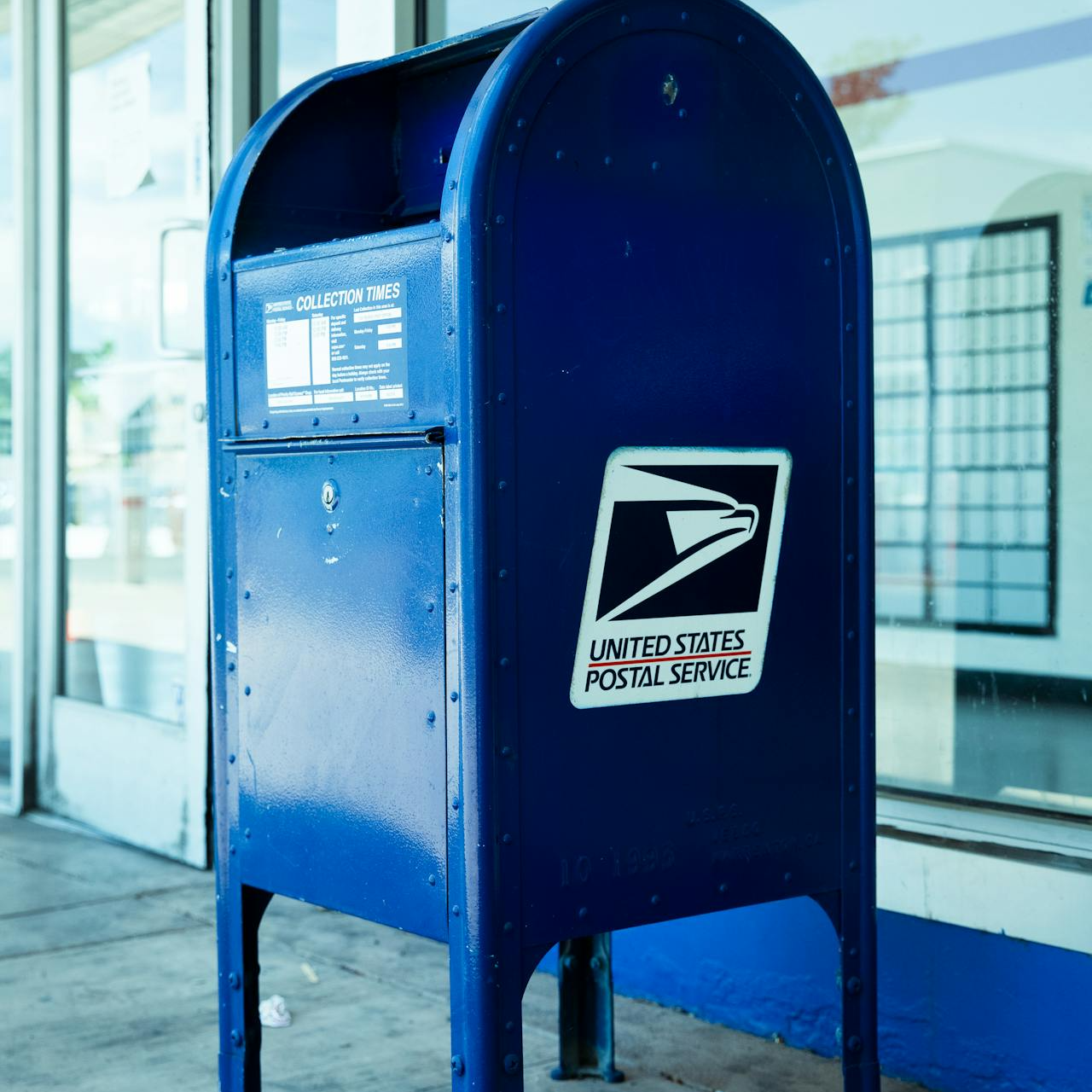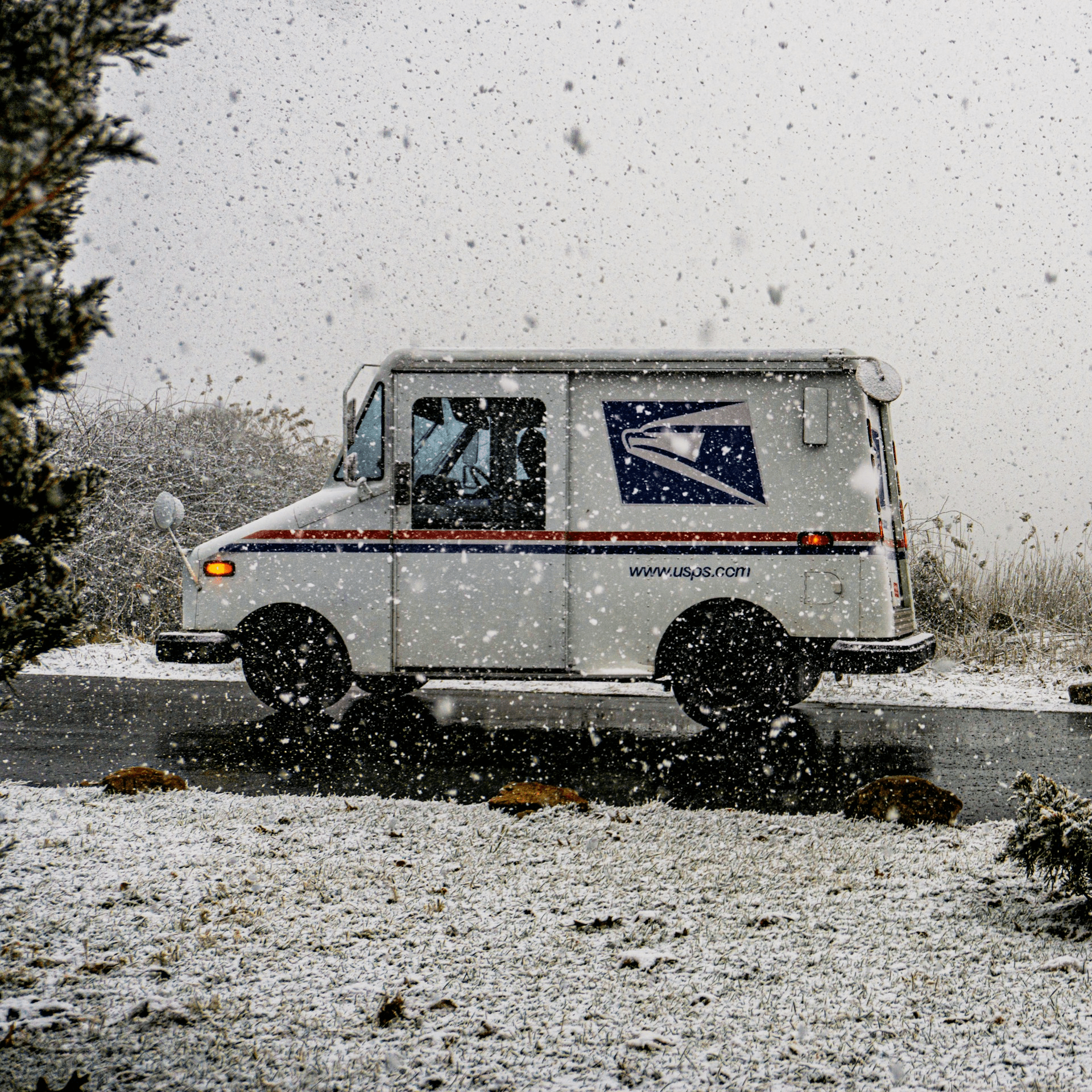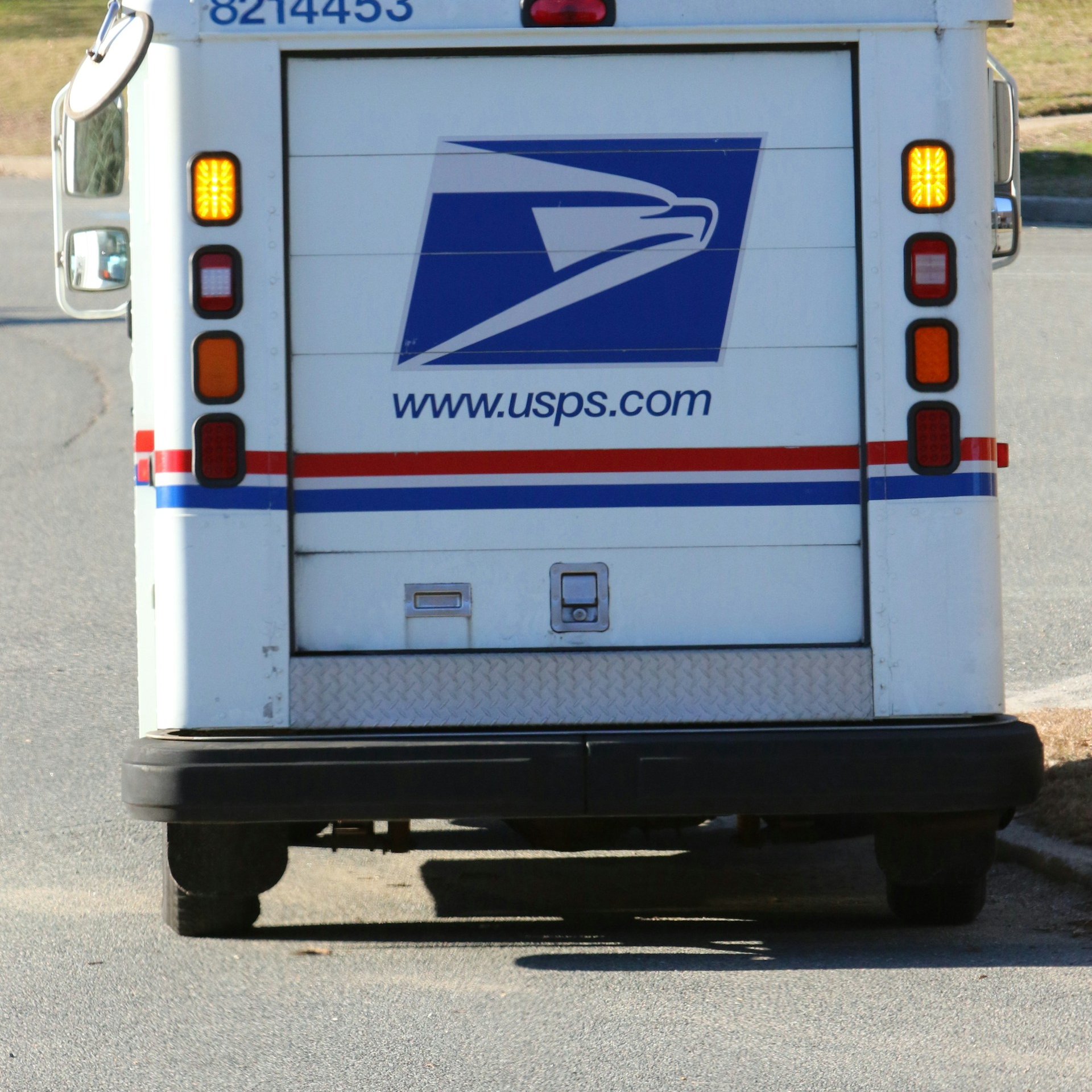Key Takeaways
-
Higher Out-of-Pocket Costs: Medicare Part A costs are rising in 2025, meaning higher deductibles and coinsurance for hospital stays and related services.
-
USPS Retirees and Employees Must Plan Ahead: Whether you’re still working or retired, understanding these changes can help you budget for healthcare expenses and maximize your benefits.
Understanding Medicare Part A: What It Covers and Who Pays for It
Medicare Part A is your hospital insurance, covering inpatient stays, skilled nursing facility care, hospice, and some home healthcare services. If you or your spouse worked for at least 10 years in a Medicare-covered job (such as a career with USPS), you typically don’t pay a monthly premium. However, those with fewer than 40 work quarters must pay premiums, and everyone is responsible for out-of-pocket costs like deductibles and coinsurance.
Who Pays a Medicare Part A Premium in 2025?
-
No premium: If you worked at least 40 quarters (10 years) in Medicare-covered employment.
-
Reduced premium: If you worked 30-39 quarters, your monthly premium is $284.
-
Full premium: If you worked fewer than 30 quarters, your monthly premium is $518.
Even if you qualify for premium-free Part A, you still have to pay the deductible and cost-sharing amounts when using services. In 2025, these costs are going up, which can have a significant financial impact, especially if you require frequent hospital care.
What’s Changing? Medicare Part A Cost Increases in 2025
The biggest change in 2025 is the rise in Medicare Part A out-of-pocket costs. These increases can affect your budget, particularly if you need hospital services or skilled nursing care. Here’s what you need to know:
Higher Deductibles and Coinsurance for Hospital Stays
-
Inpatient hospital deductible: Now $1,676 per benefit period (a $32 increase from 2024).
-
Hospital stay coinsurance:
-
Days 1-60: $0 per day (covered after the deductible).
-
Days 61-90: $419 per day (a $10 increase from 2024).
-
Days 91 and beyond (using lifetime reserve days): $838 per day (a $20 increase from 2024).
-
-
Beyond lifetime reserve days: You’re responsible for all costs unless you have other coverage, which can be a major financial burden if you experience an extended hospital stay.
Skilled Nursing Facility (SNF) Costs Are Also Rising
If you’re recovering from an illness or surgery and need short-term care in a skilled nursing facility, Medicare helps cover the cost, but only up to a certain point.
-
Days 1-20: $0 per day (fully covered by Medicare Part A).
-
Days 21-100: $209.50 per day (a $5 increase from 2024).
-
After day 100: You pay all costs, which can be substantial if you need extended rehabilitation services.
Hospice and Home Health: What to Expect
Hospice care remains covered under Part A, but you may still face small out-of-pocket expenses for medications and respite care. For home health, Part A generally covers services at no cost, though you may owe for durable medical equipment, which can add up depending on your condition.
Additionally, while Medicare Part A covers a significant portion of hospice care, you might need to pay for room and board if you receive hospice care in a nursing home or another long-term facility. Understanding these costs now can help you plan ahead.
How These Changes Affect USPS Employees and Retirees
With rising costs, USPS retirees and employees should consider how these changes impact their healthcare planning. Being proactive can help you avoid unexpected expenses and ensure you receive the care you need without financial strain.
If You’re a USPS Retiree
-
Medicare enrollment: If you’re already enrolled in Medicare Part A, your coverage continues, but expect higher cost-sharing.
-
Coordination with Postal Service Health Benefits (PSHB): If you have PSHB coverage, check whether it helps with hospital expenses.
-
Medicare Part B enrollment: If you’re 65 or older and haven’t signed up yet, consider doing so to reduce overall medical expenses.
-
Long-term hospital stays: If you anticipate needing extended care, explore supplemental coverage or savings strategies to manage costs.
-
Review your financial plan: Make sure your retirement budget accounts for increased healthcare costs and unexpected medical expenses.
-
Consider out-of-pocket maximums: Review all available options to ensure you don’t face financial hardship from rising costs.
If You’re Still Working for USPS
-
Planning for retirement: If you’ll retire soon, factor these costs into your healthcare budget.
-
Understanding PSHB coverage: As an employee, your PSHB plan may cover hospital costs differently than Medicare, so review your options.
-
Work history review: Ensure you have at least 40 work quarters to qualify for premium-free Medicare Part A.
-
Early planning for hospital expenses: Consider starting a health savings strategy now to prepare for future costs and avoid financial surprises.
-
Know your options for supplemental coverage: Look into available resources to supplement Medicare when you retire.
Additional Considerations for Managing Rising Medicare Part A Costs
Since these costs are increasing, taking a proactive approach can help minimize your financial burden. Here are some key strategies:
-
Maximize Your Benefits: Review your PSHB plan to see if it offers additional coverage for hospital stays.
-
Look Into Medigap (If Applicable): Some retirees opt for supplemental insurance to cover deductibles and coinsurance.
-
Plan for Skilled Nursing Facility Costs: Medicare covers up to 100 days, but you’ll need a plan for longer stays, which can be expensive.
-
Use Preventive Services: Staying healthy reduces your chances of requiring hospital care and lowers your out-of-pocket costs.
-
Budget for the Deductible: Setting aside funds for hospital expenses can help avoid unexpected financial strain and medical debt.
-
Understand Enrollment Periods: If you’re nearing retirement, ensure you sign up for Medicare at the right time to avoid penalties.
-
Monitor Your Coverage Annually: Medicare costs and policies change every year, so review your options during Open Season to ensure you have the best plan.
-
Explore Employer or Union Coverage: If you’re still working, see if USPS or a spouse’s employer offers benefits that supplement Medicare.
-
Consider Future Care Needs: As healthcare costs continue to rise, planning for potential long-term care needs can prevent unexpected financial difficulties.
-
Stay Informed About Policy Changes: Medicare and PSHB regulations can shift over time, so staying updated helps you make informed decisions.
What Rising Costs Mean for Your Future Healthcare Planning
For USPS employees and retirees, understanding these Medicare Part A changes is crucial to making informed financial decisions. Rising hospital deductibles and coinsurance mean planning ahead is more important than ever. Whether you’re still working or retired, reviewing your coverage and preparing for future medical expenses can help you avoid unexpected costs and ensure you receive the care you need without undue financial hardship.
Taking a proactive approach to managing your healthcare expenses can make a significant difference in your financial security. If you need guidance on how Medicare works with your Postal Service Health Benefits plan or have questions about your healthcare options, reach out to a licensed agent listed on this website for professional advice.













